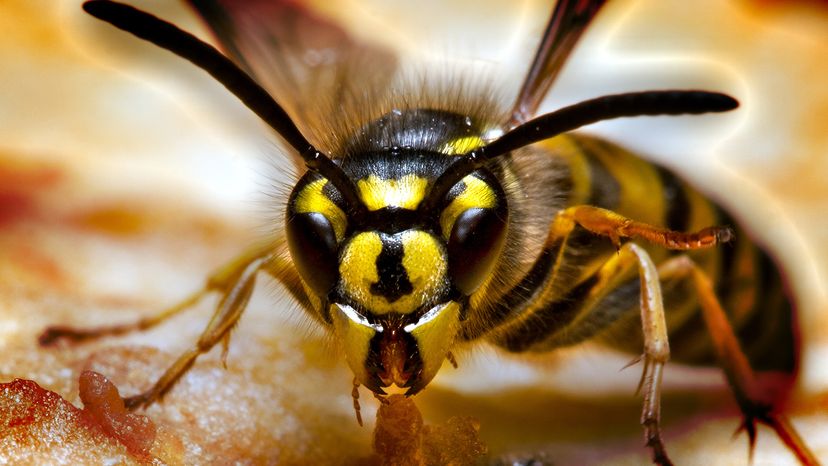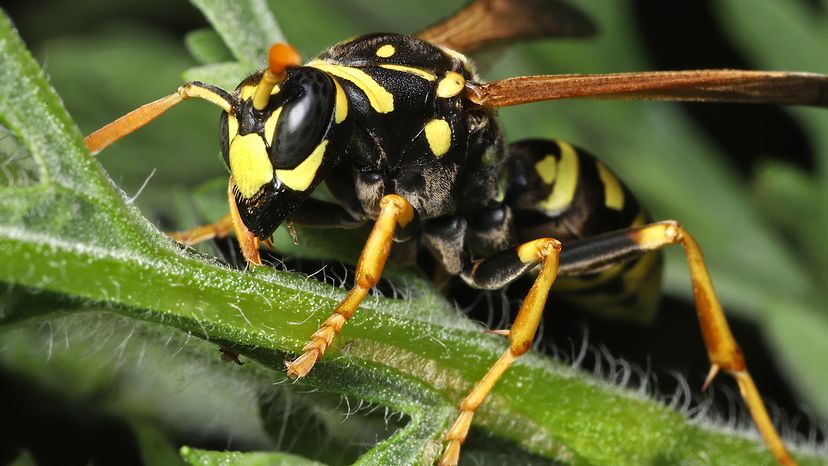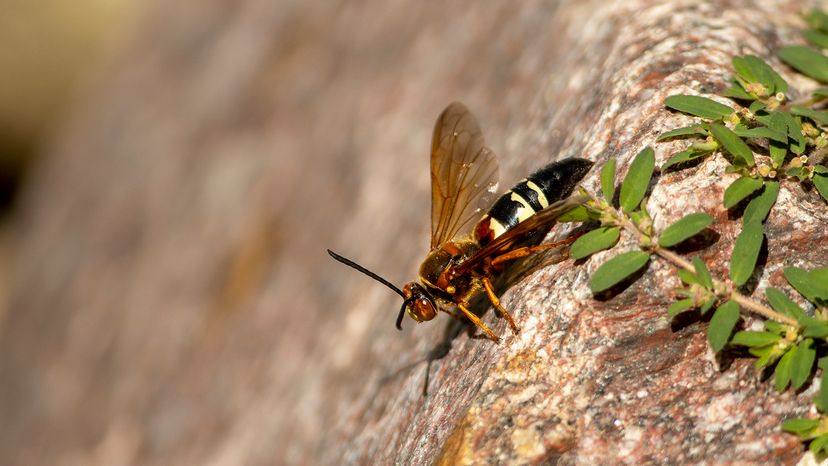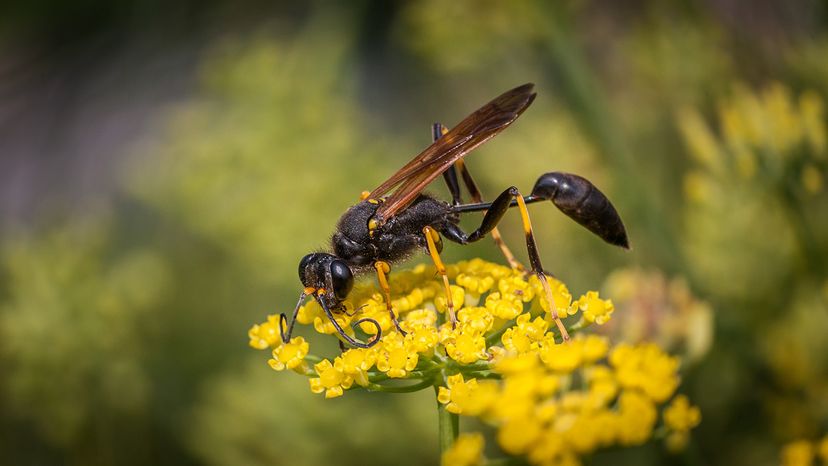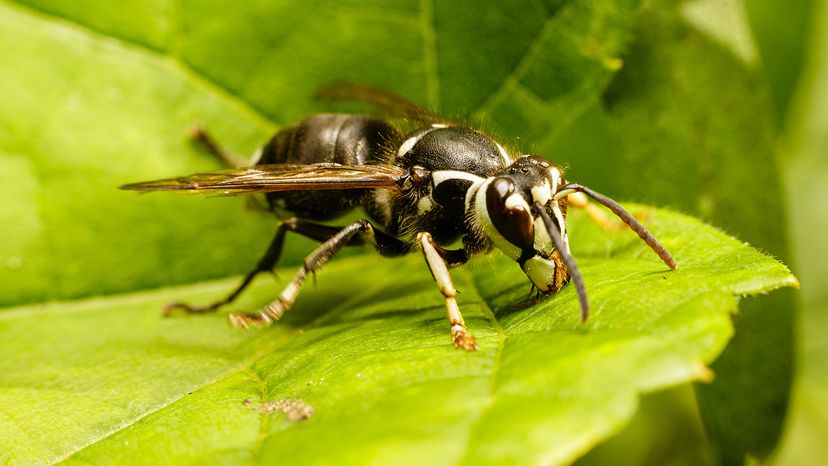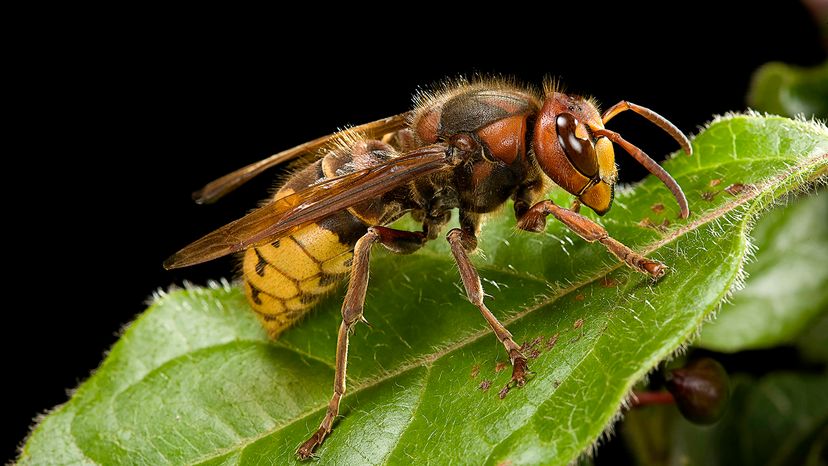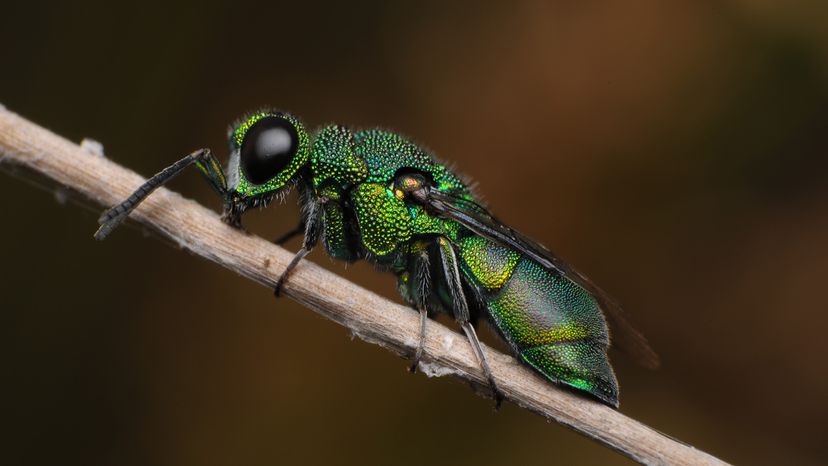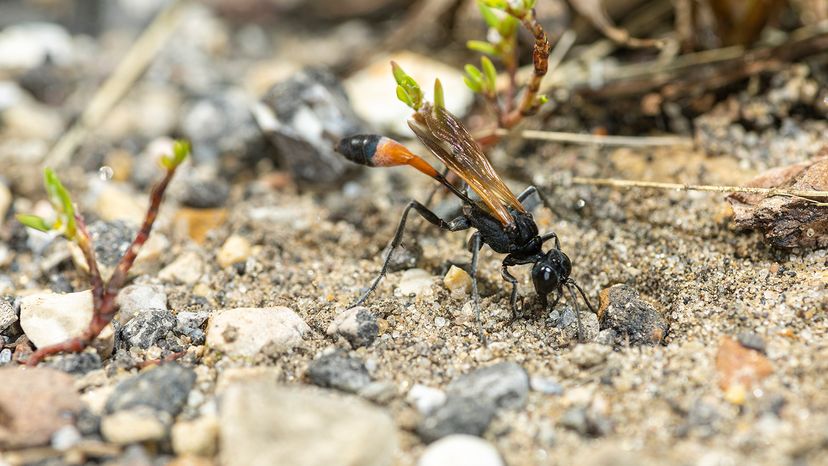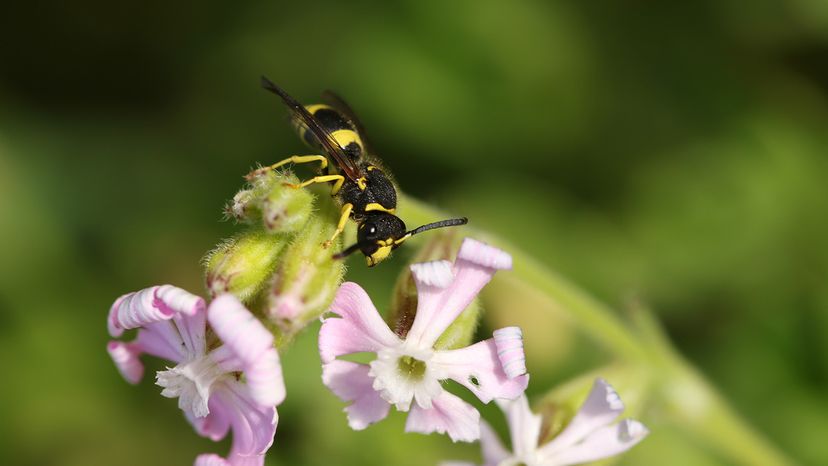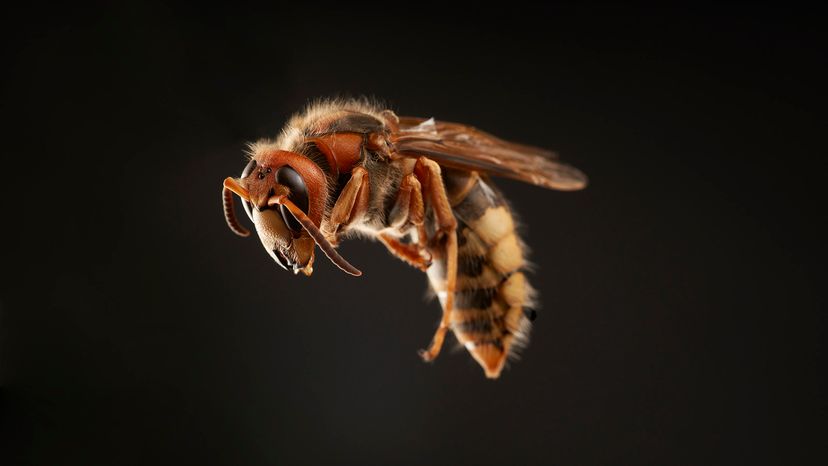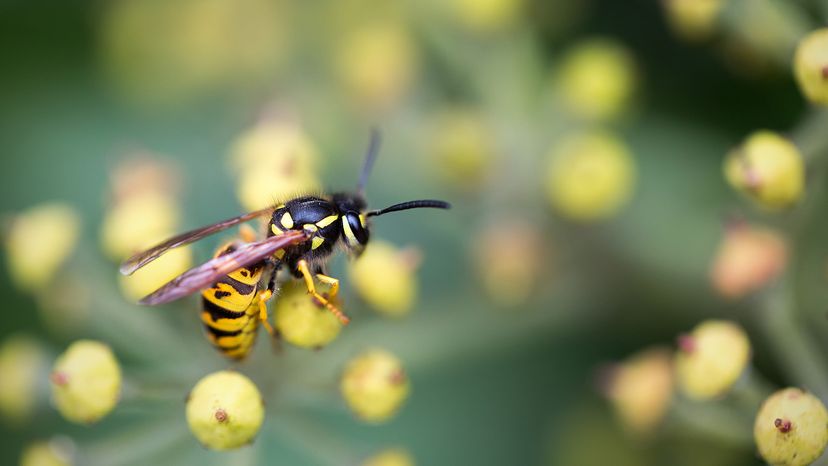
Think all wasps are just angry insects looking to ruin your picnic? Think again. There are types of wasps that build nests underground, some that live in solitary splendor and others that are downright helpful to your garden.
Wasps are as diverse as they are misunderstood, and getting to know them might make you think twice before reaching for the bug spray.
Advertisement
Let's explore the buzz-worthy world of wasps and see what sets each species apart.
